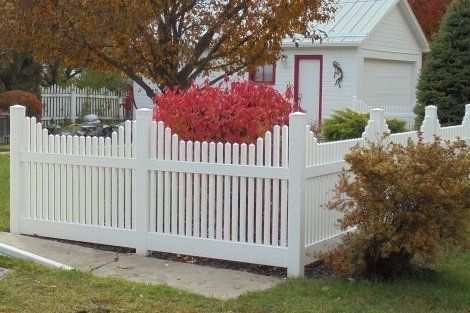Ornamental iron fencing is more than just a practical boundary marker—it's a symbol of beauty, craftsmanship, and history. The history of ornamental iron fences is deeply intertwined with the evolution of architectural and cultural styles, making them a timeless choice for both functionality and elegance. Join us as we dive into the journey of ornamental iron fences, their growth through history, and their lasting impact on modern aesthetics.
Early History of Ornamental Iron Fences
Ornamental iron fences have roots in ancient Egypt and Rome, where iron and bronze were first used for functional and decorative purposes. Initially, these fences were primarily designed for security, but with advancements in metallurgy, more ornate designs began to emerge.
Transformations in the Design of Ornamental Iron Fences
By the 17th century, ornamental iron fences began to feature more complex and elaborate designs, particularly in Europe. The 18th-century industrial revolution played a key role in making iron production more widespread, allowing for the creation of intricate designs. Elaborate scrollwork, finials, and decorative patterns became the hallmark of grand estates, palaces, and even city landscapes, propelling ornamental iron into a new era.

How Culture Shaped Ornamental Iron Fencing Designs
With the rise in popularity of iron fencing, designs began reflecting the distinct cultural influences of various regions. In France, for example, baroque-style fences symbolized aristocratic wealth and elegance. In the U.S., by the 19th century, iron fences were symbols of status, with wealthy individuals using them to flaunt their prosperity. The influence of culture led to an array of unique designs based on local preferences and materials.
Modern Adaptations of Traditional Styles
Today, ornamental iron fencing has evolved to meet the needs and tastes of the modern world. While traditional styles remain popular, there has been a rise in contemporary adaptations that combine the elegance of old-world design with new materials and technologies. Modern iron fences can be found in both residential and commercial properties, offering a combination of security, durability, and visual appeal. Today’s designs continue to honor the history of ornamental iron fences while embracing sleek, minimalist styles that cater to a range of architectural preferences.
Final Thoughts
The history of ornamental iron fences tells a tale of innovation, evolving from utilitarian barriers to architectural masterpieces. Whether you're planning to install ornamental iron fencing or just admire their timeless appeal, their rich history and ongoing evolution make them a unique and valuable choice.
What style of ornamental iron fencing do you prefer for your home or business? Let us know in the comments below!
#OrnamentalIronFencing #HistoryOfFencing #IronFences #FenceDesign #Metalwork #DecorativeIron #FencingHistory #ModernDesign #CulturalDesign